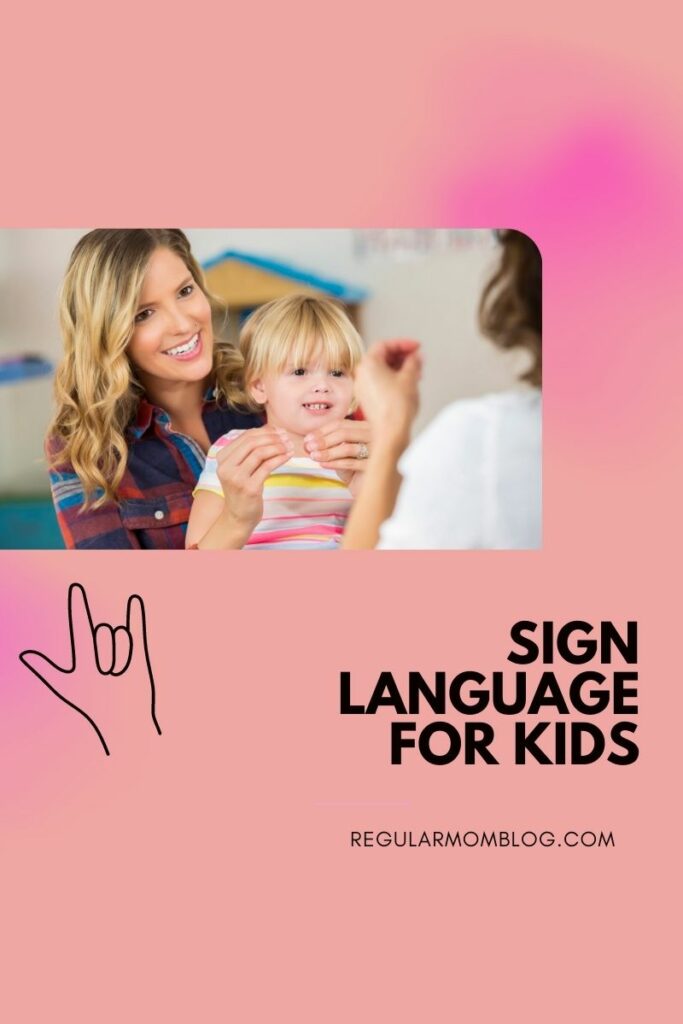school advocacy
It’s time to get clear on a language strategy for your child so that you can consistently practice language in your home and watch your child’s communication soar in less time!
Welcome!
Language Coach for Parents of kdis with hearing loss
I want to show you how to build better language skills at home so you can also parent with clarity and confidence!
Categories
hearing loss
sensory activities
sign language
1:1 Language Coaching
These are the kinds of resources that you will find on my blog!
Happy reading!
Sign language for Kids: Why It’s Important and How to Get Started
August 17, 2023
As a parent of a child with hearing loss, you know how important it is to provide your child with the tools they need to communicate effectively. One such tool is sign language. Teaching sign language for kids helps break down communication barriers and decreases frusterations.
Sign language is not only important for deaf children, but also for those who wear cochlear implants. It provides an additional means of communication, helps children develop language skills, and enhances their social and emotional development.

From the time that my boys with cochlear implants were babies, we started teaching them sign language.
At that time we just taught them a few signs, like “more” and “all done”. We really focused on the common sign language for babies and toddlers.
As our children have grown, my middle child, who has more severe hearing loss, has continued with learning ASL signs. Being able to communicate via signs has helped decrease a lot of frusteration from him.
He’s also really proud when he’s able to talk to us effectivly with signs!
In my view, it’s been so worth it to teach my kids with cochlear implants ASL signs.
In this post, we’ll explore the benefits of sign language for kids, how to get started teaching your kids, and where to find resources online.
How Sign Language for Kids can help with Cochlear Implants
Children with cochlear implants rely heavily on auditory input to develop language skills. In regular terms, that means that kids with cochlear implants typically develop speech as a regular hearing person would do.
While cochlear implants can provide children with access to sounds they may not have had before, cochlear implants are not a perfect solution.
One way that cochlear implants may not be effective is in very noisy environments.
They may also be cumbersome when your child is tired.
This is where sign language can make a big difference!
It provides a visual means of communication that can help your child learn new words and concepts, develop their vocabulary, and improve their comprehension skills.
For more information my blog article about why should teach ASL signs to your kids with cochlear implants.
Getting Started with ASL Signs for Kids
One of the best ways to start teaching sign language to your child is to begin with basic vocabulary words.
You can find a wide variety of ASL resources online for free, including videos and printable flashcards.
Start with basic signs that correspond to objects and actions that your child is familiar with, such as “drink,” “eat,” “play,” and “sleep.” You can also teach some polite words like “please” and “thank you”.

Use these signs consistently when you talk to your child, and encourage them to use those signs as well.
You can also use sign language to reinforce spoken language – for example, saying “dog” while signing “dog” at the same time.
Many parents also incorporate signing into their daily routines, such as signing the names of foods during mealtime or the names of different toys during playtime. By making sign language a part of your child’s everyday life, you can help them to learn and retain the vocabulary more effectively.
Be Consistent and Have Fun
Another important factor to consider when teaching your child sign language is to use clear and consistent signing.
This means using the correct signs and making sure that your child can see your hands and facial expressions clearly.
You can also encourage your child to practice signing by rewarding them with positive reinforcement for their efforts. For example, you might give them a high five or a hug when they make progress in their signing abilities.

It’s also important to make learning sign language fun and engaging for your child!
Incorporate it into daily routines like meals and playtime. Make a game out of it!
Also, encourage your child to use their implants and sign language together.
Cochlear implants can be a powerful tool for your child to better understand spoken words.
However, using both their implants and sign language will provide a total communication approach to learning and understanding language.
When you can encourage your child to use their implants in conjunction with sign language, you are giving them the best of both worlds.
Where to Find Sign Language Resources Online
There are many resources available online to help parents teach their children sign language. Here are a few websites that offer free sign language resources for kids:
ASL Kids: This website offers a variety of resources for kids, including coloring pages, worksheets, and videos that teach sign language.
Start ASL: This website offers a free online course that teaches the basics of sign language, as well as resources for parents and children.
kidscourses: This website offers mini courses and printable activities designed to teach children ASL signs
American Society for Deaf Children: The organization is one of the top in this field. They offer online ASL classes for adults, as well as an online ASL class for kids 8+

Learning sign language can be a fun and rewarding experience for both you and your child.
By providing an additional means of communication, sign language can help kids with cochlear implants develop their language skills, improve their comprehension, and enhance their social and emotional development.
If you’re considering teaching your child sign language, start with the basics and make it fun!
Don’t forget to sign up to teach your kids how to sign! Let me show you how simple and quick it can be!
More REsources for Sign Language
The Advantages of Sign Language
Learning How to Sign With Your Kids

tell me more!
tell me more!
@alemerinobranding.co
DESIGNED BY: ALE MERINO BRANDING CO.
COACHING
Navigation
PODCAST
ABOUT
HOME
Legal
PRIVACY POLICY
TERMS & CONDITIONS
Let's connect
EMAIL hello@raisingdeafkids.com
BLOG